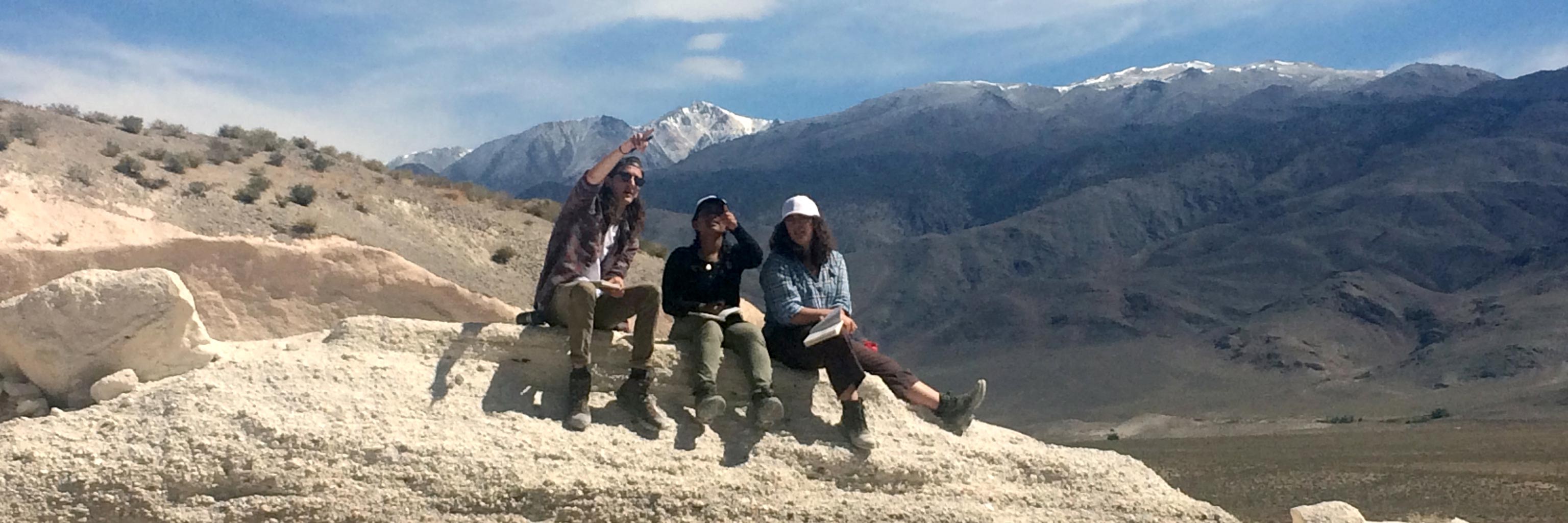Geophysics is the applications of physics to understanding the earth as a growing component of the Earth sciences. The combination of improved instrumentation and advanced computational capabilities is making it increasingly to model complex geological systems that were not amenable to this approach before. Applications include global tectonics, earthquake seismology, volcanology, and environmental and exploration geophysics.
Geophysics, Structural Geology, and Tectonics
Research interests
seismology; geodesy; regional orogenic processes; rock mechanics

 The College of Arts
The College of Arts